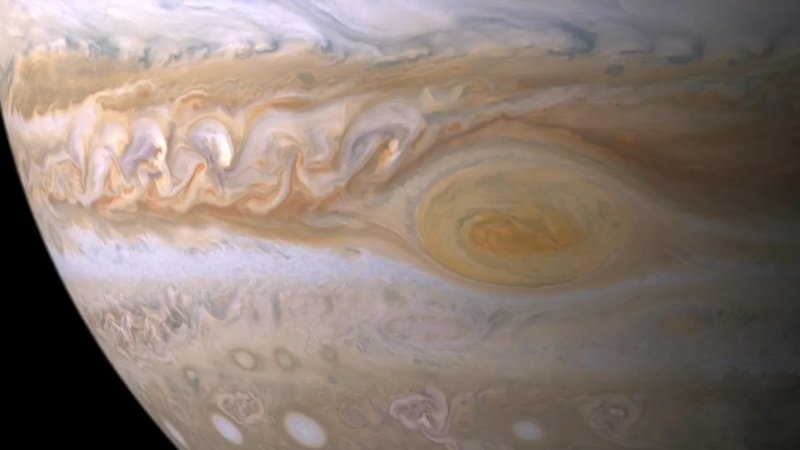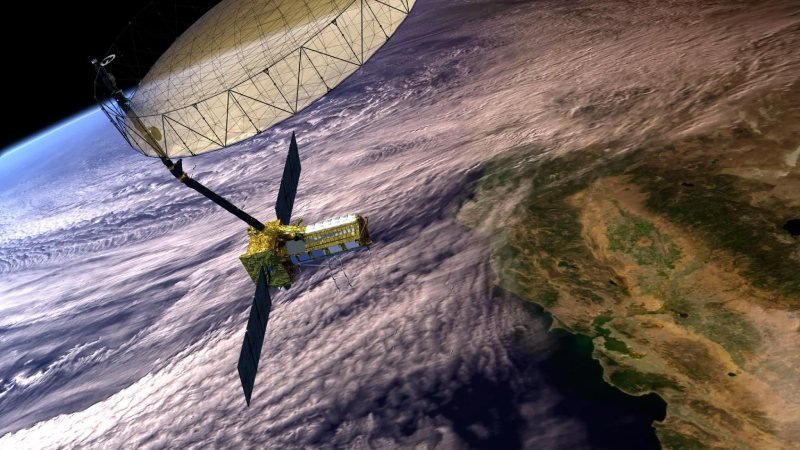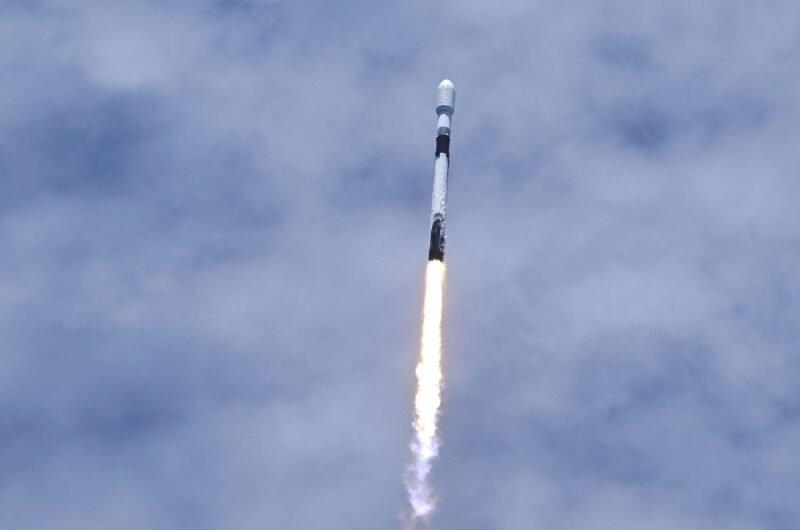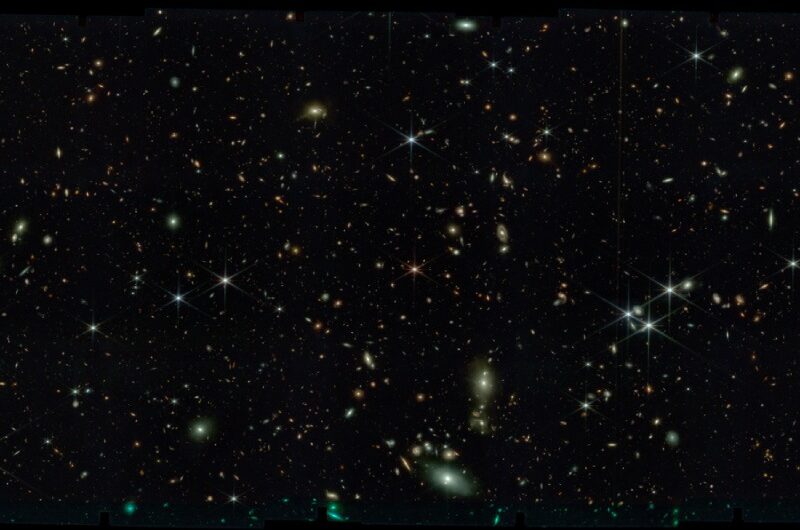In an exciting discovery, NASA’s Hubble Space Telescope has captured an unexpected phenomenon involving Jupiter’s iconic Great Red Spot (GRS), which appears to be wobbling like a bowl of gelatin. The GRS, a massive anticyclone on the gas giant, has long fascinated astronomers. Large enough to engulf Earth, the storm is thought to have existed for at least 150 years. However, recent data from Hubble, collected over 90 days from December 2023 to March 2024, reveals that the GRS may not be as stable as previously believed.
Hubble’s observations allowed scientists to create a time-lapse video, showcasing the GRS’s surprising behavior. “We knew the GRS exhibited minor variations in its longitude, but observing its size oscillate was unexpected,” said Amy Simon, lead author of a new study published in The Planetary Science Journal and a researcher at NASA’s Goddard Space Flight Centre in Greenbelt, Maryland. “To our knowledge, this hasn’t been identified before.”
Thanks to Hubble’s high-resolution imaging capabilities, the team was able to analyze the GRS’s size and motion in unprecedented detail. Simon explained, “This is the first time we’ve been able to monitor the GRS with the right imaging cadence. We can now confirm that it both contracts and expands while speeding up and slowing down. It’s a finding that caught us off guard, and we currently lack a hydrodynamic explanation for it.”
The Hubble telescope was pivotal in providing a detailed view of the GRS, offering insights into its dimensions, shape, and subtle shifts in color. Simon noted, “On closer examination, it’s evident that changes occur daily.” The study used ultraviolet-light observations to show that the GRS’s core brightens as it reaches its largest size during the oscillation cycle, suggesting a reduction in haze absorption in Jupiter’s upper atmosphere.
Co-investigator Mike Wong from the University of California, Berkeley, likened the GRS’s behavior to a sandwich, where the center’s excess forces the “bread” to bulge. As the GRS speeds up and slows down, it interacts with the jet streams both north and south of its location, intensifying the unusual effect.
The research team has been monitoring the GRS for over a decade as part of NASA’s OPAL program, tracking its gradual shrinking. Simon predicted that this trend would continue until the storm reaches a more stable, less elongated shape. “Right now, the GRS is exceeding the limits of its latitude band. Once it shrinks to fit within this band, the surrounding winds will likely lock it into place,” Simon explained.
While the GRS is expected to continue shrinking, the findings suggest that it will eventually stabilize in size.
Topics #Hubble telescope #Jupiter #NASA #news #PLANET #solar system #space #telescope











